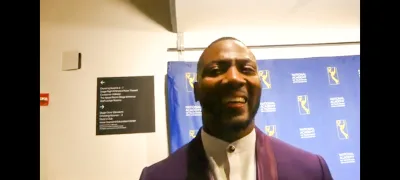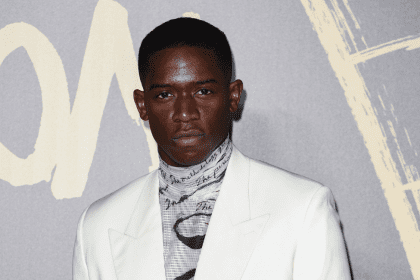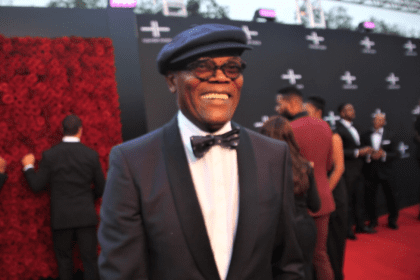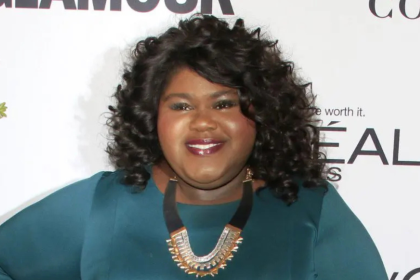
The Orlando tragedy shed light on how hate and terrorism can destroy innocent lives within a matter of seconds. The gunman who opened fire at Pulse nightclub should’ve never had the opportunity to get his hands on a weapon. It reveals a deeper issue of violence that has hindered America for decades.
While the death of 50 people (including the gunman) ranks as the deadliest act of domestic terrorism this century, it was not the deadliest act of violence in American history.
In 1921, a White mob called for the lynching of Dick Rowland, a Black man accused of assaulting a White woman in the Black Wall Street section of Tulsa, Oklahoma. A riot ensued, Black businesses were burned, and airplanes were used to firebomb Black Wall Street from the air. When the smoke finally cleared, 3,000 Blacks had been killed within a matter of 12 hours.
In 1919, Black sharecroppers were upset because their land was being illegally seized by White men. A group of White planters feared that Black sharecroppers would mobilize to attack. It was an untruth that led to the mass lynching of 237 Blacks.
In the summer of 1917, Whites feared that Blacks would take over the job market in East St. Louis. After several small attacks against Blacks, a rumor circulated that a Black man had murdered a White man. The rumor led to a race riot and the mass killing of over 150 Blacks.
In 1923, a rumor spread about Black man sexually assaulting a White woman in Rosewood, Florida. A White mob began searching for the Black man. Violence ensued and the Black community was burned to the ground.
America has a brutal history of violence and the recent attack in Orlando reminds us of this tradition. While we pay homage to the victims who lost their lives in this brutal attack, we must also remember how domestic terrorism was perpetuated on Black communities across the country.













